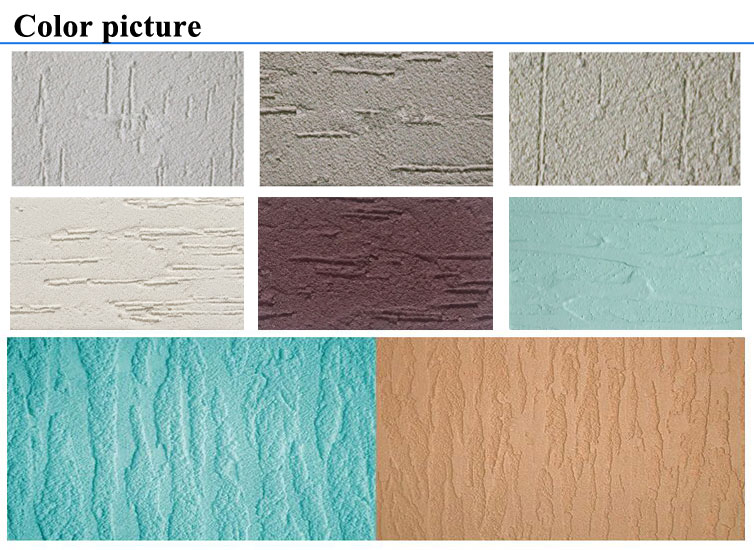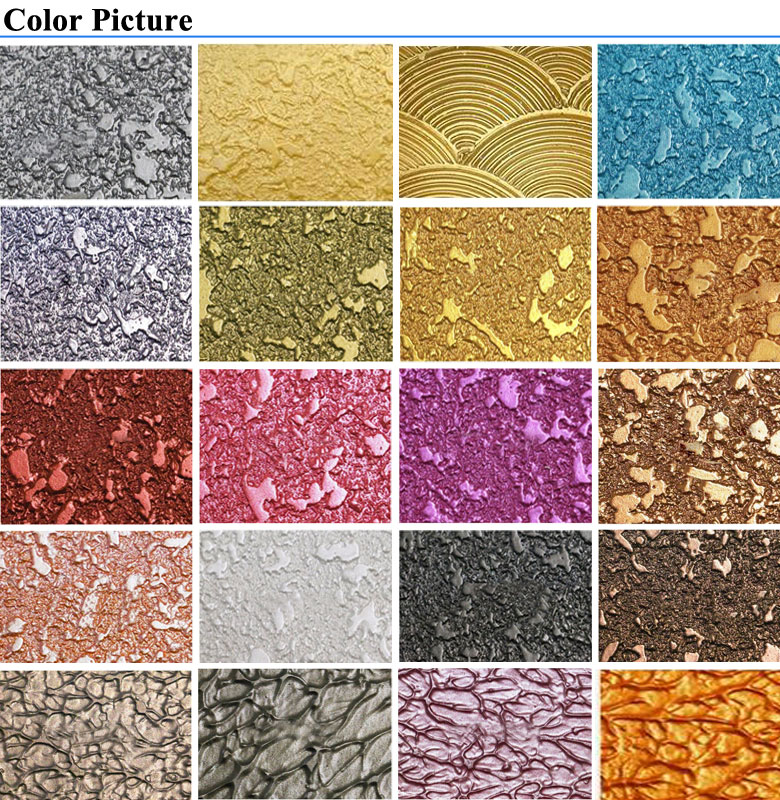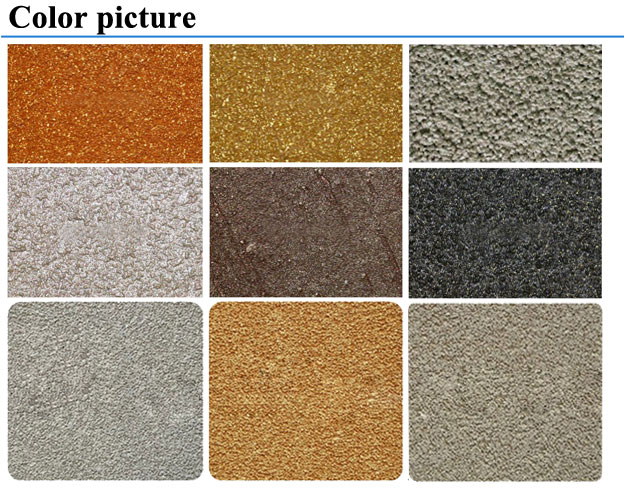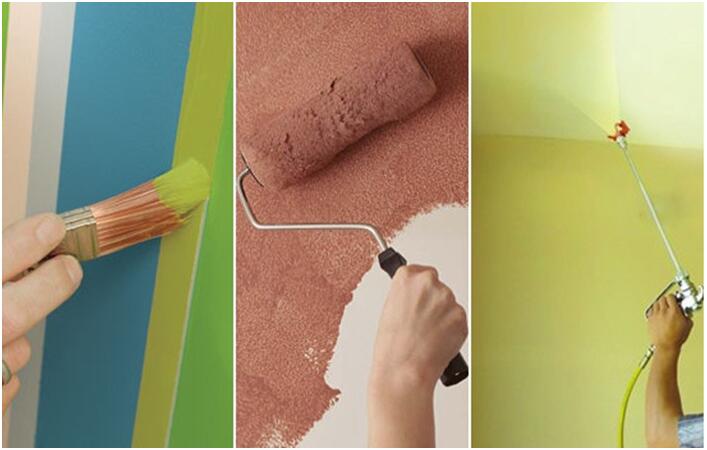There are usually many options for the field of feed for the farm, and the way to improve production performance and reduce production costs is most acceptable. At the same time, they refused to use processing methods that did not achieve the expected production performance and increased costs. In the period of high feed costs, the selected feed processing method needs to be re-evaluated to determine whether the saved feed cost will exceed the additional processing overhead, thereby reducing the overall production cost. The article refers to a large number of literature related to feed processing technology, the method described can effectively improve economic efficiency, and is generally accepted by the farm field director. When evaluating feed processing methods, comprehensive considerations are needed, the most important of which are the increased processing costs and impact on production performance. 1 full mixing feeding method and free choice feeding method Pigs fed full-mix feeds tend to grow faster than pigs that are free to feed, mainly because full-mix feeds provide better control of nutrient intake. However, this advantage of fully mixed feed is often offset by the increased cost of feed comminution, mixing and maintenance. In terms of feed utilization efficiency, the difference between the two is not significant. In addition, full-mix feeding requires a higher degree of mechanical automation, while free-feeding requires more rigorous monitoring. 2 corn or sorghum whole grain feeding method and crushing feeding method In the case of free food selection, there is no difference in the effect of whole or crushed corn on pig performance; compared with feeding whole sorghum, sorghum after smashing usually increases the quality and feed utilization of pigs, but it is pointed out in the literature. This difference is not very significant. Although there is no relevant information on the effects of sizing or smashing sorghum on pig performance, previous studies have shown that sorghum smash feeding can increase average daily mass by 4% and reduce 3% of consumption. For the above differences, it is recommended that a comprehensive assessment of the comminution, maintenance and labor costs and aquaculture benefits added to this process be performed to determine the ultimate economic benefit. It should be noted that all components of the fully mixed feed, including corn and sorghum, need to be crushed or crushed. If corn or sorghum is not comminuted and mixed with other components, it will cause grading, which will affect the uniformity of the feed. 3 other processing methods of sorghum Texas has conducted some studies on the effects of sorghum processing on the performance of finishing pigs, some of which are shown in Table 1. When the pig body mass was increased from 32 kg to 55 kg, the diet with a protein content of 16% was fed, and then replaced with a diet with a protein content of 14% until the body mass was increased to 95 kg. The increase rate of pigs in the sorghum dry pulverization treatment group was better than that of the microwave treatment group and the vapor compression treatment group, while the feed ratio of the steam compression treatment group was lower than that of the other two treatment groups. There was no significant difference between the treatments for carcass quality. 4 baked (cooked) corn The results show that corn roasting (cooking) treatment does not affect the quality of pigs, but the conclusions on the impact of feed utilization efficiency are not consistent. By summarizing the above research data, it seems that baking (cooked) corn has some advantages for pig feed utilization efficiency, but this benefit is not enough to encourage the farm field manager to buy a corn roast (cooked) separately. equipment. 5 pellet feed and powder Pellet feed generally increases the average daily quality of growing and finishing pigs by 5% and feed utilization by 10% to 12%. The amount of pelleted feed used by most farmers does not necessarily prove the value of a granulator. Similarly, the benefits of using pelleted feeds do not necessarily offset the energy costs of feeding to the granulator. However, in the case where all the required raw materials are fully purchased, the pellet feed is quite economical compared to the powder. 6 liquid feed There is no significant difference between dry feed and liquid feed for the effect of mushroom growth, but feeding dry feed usually increases feed conversion. In addition, there was no significant difference in the reduction in live quality, the rate of refrigeration reduction, and other measurements of carcass indicators. The cost of liquid feed is higher than that of dry feed, and separation and feeding are also a problem. In addition, the use of liquid feed in low temperature climates can also cause a lot of trouble. Liquid feeds are more susceptible to equipment corrosion than dry feed. 7 wet feeding method The Ohio Center for Agricultural Research and Development has conducted research on wet feeding methods. The wet material is usually prepared by mixing dry feed and water in a ratio of 1:1.31:1.5. Wet material is not a liquid, but contains enough moisture to squeeze out. In addition, the moisture in the wet material can also meet the pig's need for water. In one study, researchers observed the effect of standard mixed protein feeds on the performance of growing and finishing pigs through dry feed and wet feed. The results showed that compared with the dry feed, the wet feed increased the daily feed intake by 0.26 and 0.21 kg, respectively, during the growth and finishing periods, and increased the daily mass by 0.10 and 0.08 kg, respectively. In the 8 growth and finishing stages, 7 of them can be found that the wet material has a positive effect on the weight gain rate of pigs. In addition, pigs in the wet feed form have a higher water feed ratio. 8 conclusion The type of feed processing that is used depends entirely on the maximum economic benefit, and this principle applies equally to pig farmers. Some feed processing methods can achieve higher daily quality and/or feed utilization, but this method also has an economic or uneconomic side, which depends mainly on the following factors, such as the cost of the processing, the way of processing , the equipment required and the degree of automation to be achieved in the feeding system.
Interior
Wall Latex Paint types
Interior paint by gloss is divided into the
following categories:
Matt wall paint: The paint is non-toxic,
tasteless, high hiding power, good scrub resistance, strong adhesion, good
alkali resistance, safety, environmental protection, screwing convenient,
leveling is good for industrial and mining enterprises, Government schools,
housing projects, civilian housing.
Semi-matte wall paint: The main varieties
of furniture paint.
Bright paint: floor paint with more.
Silk wall paint: smooth and smooth coating,
delicate texture, with silk luster, high hiding power, strong adhesion,
excellent anti-mildew and anti-mildew properties, excellent water and alkali
resistance performance, the film can be washed, shiny, durable Hospitals,
schools, hotels, restaurants, residential buildings, office buildings,
residential and so on.
Bright wall paint: White Interior Wall Paint, pure color, soft luster, tough film,
strong adhesion, fast drying, mold and water resistance, good weather
resistance, high hiding power, is the first choice of a variety of interior
wall products.
High-gloss wall paint: Has a strong hiding
power, strong appearance, bright as porcelain, high adhesion, high mildew,
antibacterial properties, washable brush, durable coating and not easy to peel
off, tough and firm, is high-end hotels, temples, Residential buildings,
offices and other interior decoration materials ideal.
According to the effect is divided into Textured Wall Paint, Metallic Wall Paint and smooth wall paint...
Natural
Interior Wall Paint characteristics
Acrylic Latex Paint is synthetic resin
emulsion paint as raw material, adding pigments, fillers and various additives
formulated from a Water Based Interior
Wall Paint, interior decoration is the most commonly used wall decoration
materials, has the following properties:
â‘ masking: cover
and cover the masking effect of latex paint better, less construction time
consumption.
â‘¡ easy to clean:
easy to clean, ensure the gloss and color of the fresh surface.
⑧ applicability:
in the construction process will not appear bubbles and other conditions,
making the coating more smooth.
â‘£ waterproof
function: Flexible latex paint has excellent waterproof function, to prevent
water from penetrating the wall, thereby protecting the wall, with good
anti-carbonation, antibacterial, alkali resistance.
⑤ can cover subtle
cracks: elastic latex paint has a special "stretch" performance, can
extend and cover subtle cracks.
High-quality latex paint also has the
following characteristics:
â‘ drying speed. At
25 ℃, the surface can
be dried within 30 minutes and can be completely dried within 120 minutes.
â‘¡ good alkali resistance. Apply to a new alkaline plaster wall and
ceiling and concrete walls, no back sticky, not easy to change color.
⑧ soft colors,
film hard, comfortable look, strong color adhesion.
â‘£ Allowable
humidity up to 8% ~ l 0%, can be constructed in the new wet wall construction,
but does not affect the cement to continue drying.
⑤ easy modulation,
easy construction.
â‘¥ non-toxic
harmless, do not pollute the environment, do not lead fire, the wall is not
easy to absorb dust after use.
⑦ adapt to a wide
range. Grass-roots materials such as cement, brick, timber, triple soil, ash
and so can be painted brushing.
Interior
Wall Paint construction program
Mortar surface of the new wall:
1. Crack leveling putty powder scratch
again
2. With the inner wall putty powder scratch
twice
3. Scraping the second putty dry before
grinding
4. After finishing grinding water
conservation 2-3 days, watering 2 times a day
5 to be putty layer dry, brushing a common
primer inside and outside the wall once
6. Primer dry brushing interior wall home
thick series of wall paint
Interior Wall Paint Interior Wall Paint,White Interior Wall Paint,Water Based Interior Wall Paint,Natural Interior Wall Paint,Interior Wall Latex Paint UMS Building Materials (Export) Co.,LTD. , http://www.ums-factory.com



